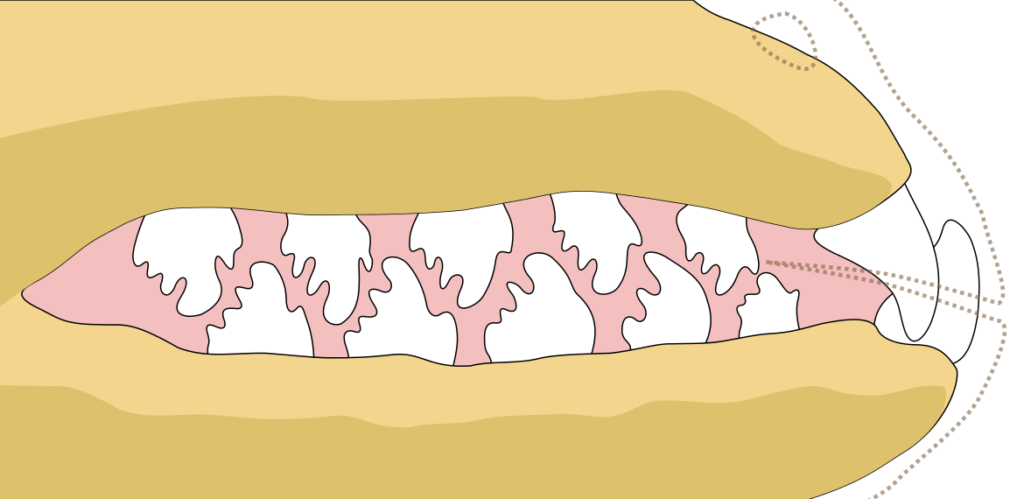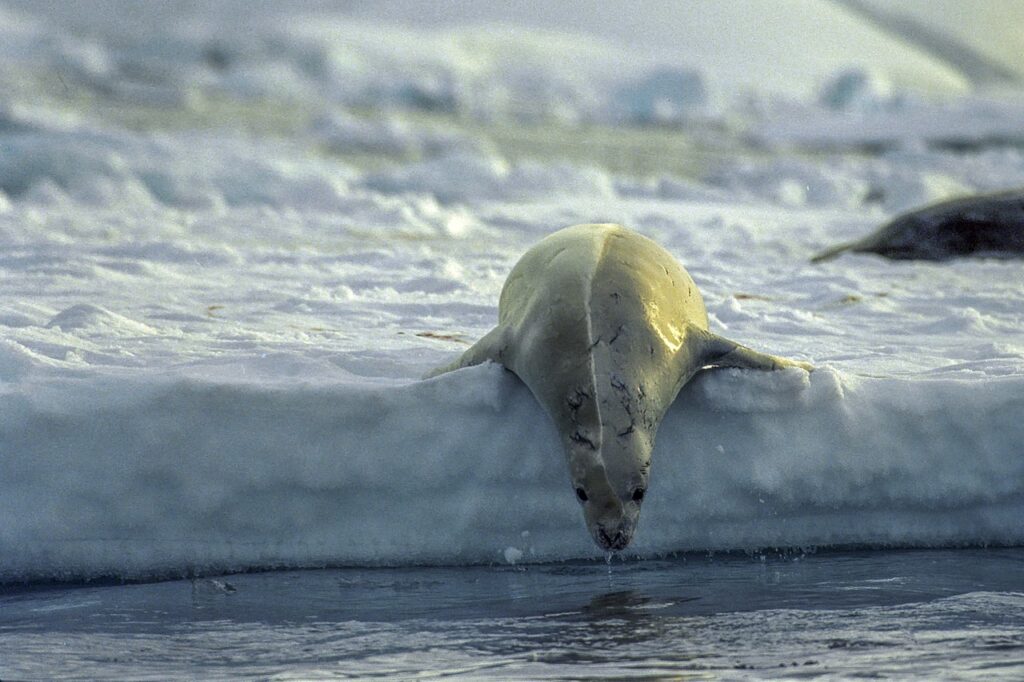
Despite its name, the crabeater seal (Lobodon carcinophaga) is not a crab-eating seal at all. In fact, these creatures are specialist predators of Antarctic krill, tiny crustaceans that form a crucial part of the Southern Ocean food web.
Crabeater seals are one of the most abundant seal species on the planet, with an estimated population of around 15 million individuals. They are found only in the Antarctic region, where they inhabit the pack ice and ice floes around the continent. Despite their abundance, however, crabeater seals are not well-known by the general public, and their diet is often a subject of confusion.

One reason for the confusion is that crabeater seals have finely lobed teeth that are adapted to filter krill out of the water. These teeth are not suited for crushing or chewing the hard exoskeletons of crabs, but are instead ideal for trapping and filtering the tiny krill that make up the bulk of their diet.
The crabeater seal is a fascinating creature in many respects. For example, it is one of the few seal species that is social, often forming large groups on the ice. These groups can number in the hundreds or even thousands of individuals, and are a sight to behold.

Another interesting fact about crabeater seals is that they have the most extensive geographic range of any seal species, covering nearly the entire Antarctic region. They are also able to dive to depths of up to 200 meters in search of their prey, and can remain underwater for up to 15 minutes at a time.
Despite their abundance, however, crabeater seals face a number of threats. Climate change, overfishing, and pollution all have the potential to impact their populations, as well as the populations of the krill on which they rely. As such, efforts to protect crabeater seals and their ecosystem are critical to maintaining the health and balance of the Southern Ocean.

In conclusion, while the crabeater seal may be misnamed, it is a fascinating and important species in the Antarctic ecosystem. Their adaptation to a diet of krill, finely lobed teeth, social behavior, and extensive range make them unique among seals, and a species worth protecting for generations to come.


